European Court of Auditors says aquaculture sector has disappointed
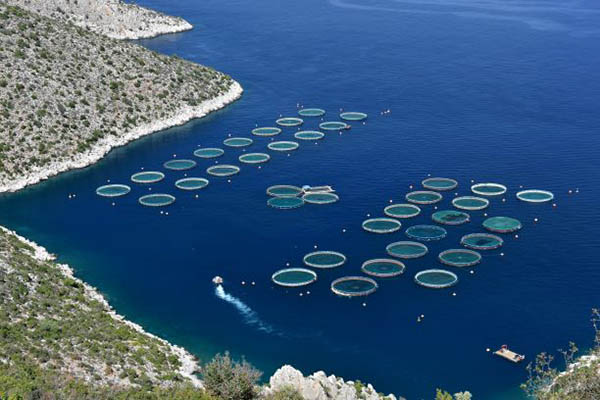
Although the EU framework for promoting the sustainable development of aquaculture in member states has improved, the substantially increased funding has not yielded tangible results, according to a new report published by the European Court of Auditors (ECA). In fact, European aquaculture production actually seems to be at a standstill.
With support from the European Maritime and Fisheries Fund (U.S. $1.3 billion allocated from 2014–2020) and its successor, the European Maritime, Fisheries and Aquaculture Fund (U.S. $1 billion allocated from 2021–2027), the European Union (EU) aims to secure the long-term environmental sustainability of aquaculture and to achieve economic, social and employment benefits. However, the EU reports that “results are slow to appear and cannot yet be reliably measured.”
“The EU has cast its nets wide for the aquaculture sector in recent years, as it is a major element of its Blue Economy strategy,” said Nikolaos Milionis, the ECA member who led the audit. “But they remain disappointingly empty.”
The amount of funding allocated exclusively to aquaculture for the 2014–2020 period was more than three times the total spent from 2007–2013. However, neither the European Commission nor the member states demonstrated the need for such a large increase, and the auditors have reason to believe that too much EU money was put on the table.
“The fact is that a large part of it has not been used, and member states may not be able to spend all available funding by 2023, which is the deadline for expenditure to be considered eligible,” wrote the ECA in a press release. “A side-effect here is that, in practice, EU countries financed almost all projects, irrespective of their expected contribution to the EU’s objectives for aquaculture, whereas a more targeted hook-and-line approach might have yielded a bigger catch.”
‘Blue Farming’ sustainable aquaculture document updates Europe’s Farm to Fork strategy
Despite the funding available for 2014–2020, the auditors note that overall EU aquaculture production has flatlined. It has even decreased in two of the largest producers (Italy and France). The socio-economic indicators do not look promising, either. The number of aquaculture businesses is declining, and employment in the sector fell from around 40,000 people to around 35,000 between 2014 and 2020.
The auditors also highlight weaknesses in the monitoring system. They could not find a single set of indicators allowing them to assess the environmental sustainability of the sector, despite this being one of the main objectives of EU policy. Even more concerning are the data currently reported on the achievements of EU funds.
“These data are neither consistent nor reliable, with clearly overstated results, triple-counted values, and figures that fluctuate, depending on the reporting system selected,” wrote the ECA. “As a result, the auditors could not determine the EU funds’ contribution to the aquaculture sector’s environmental and social sustainability, or to its competitiveness.”
In 2020, the EU’s total aquaculture production was 1.1 million metric tons or less than 1 percent of the global total. Spain, France, Greece and Italy are the main producing countries in the EU, accounting for about two-thirds of total production.
The auditors looked at the 2014–2020 period and the provisions and programs that had already been established for the 2021–2027 period at the time of the audit.
Now that you've reached the end of the article ...
… please consider supporting GSA’s mission to advance responsible seafood practices through education, advocacy and third-party assurances. The Advocate aims to document the evolution of responsible seafood practices and share the expansive knowledge of our vast network of contributors.
By becoming a Global Seafood Alliance member, you’re ensuring that all of the pre-competitive work we do through member benefits, resources and events can continue. Individual membership costs just $50 a year.
Not a GSA member? Join us.
Author
Tagged With
Related Posts
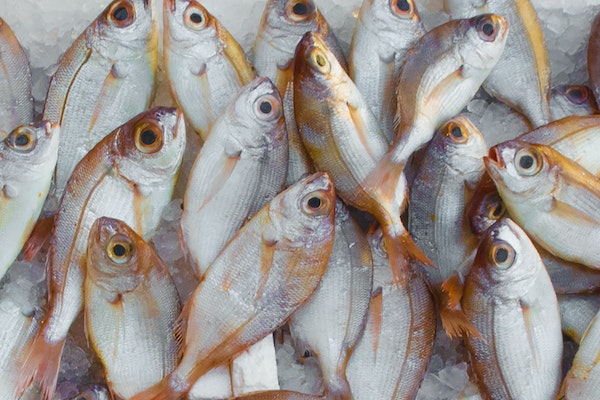
Health & Welfare
EU launches $5M aquaculture research project to enhance farmed fish health and welfare
Horizon Europe has launched a new aquaculture research project to improve farmed fish health and welfare in Europe.
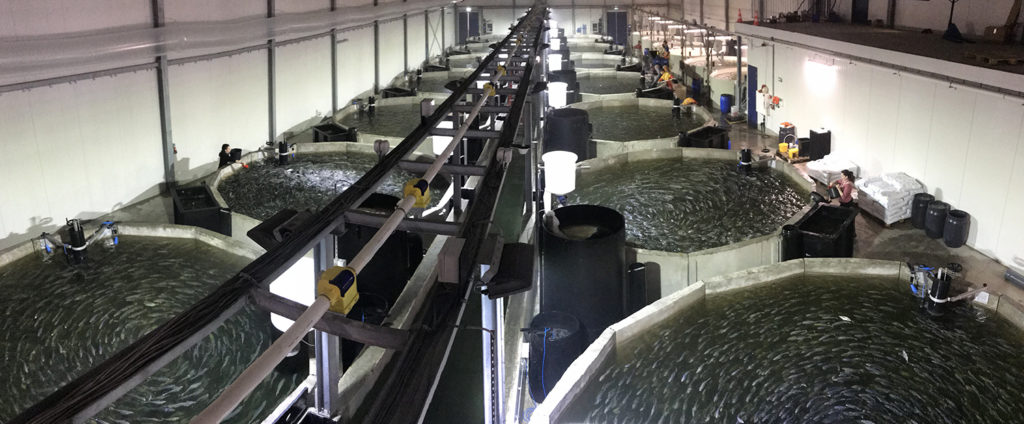
Innovation & Investment
Is RAS the game-changer that Europe’s aquaculture sector needs?
The impact that recirculating aquaculture systems, or RAS, will have on European production remains to be seen, but the general vibe is positive.
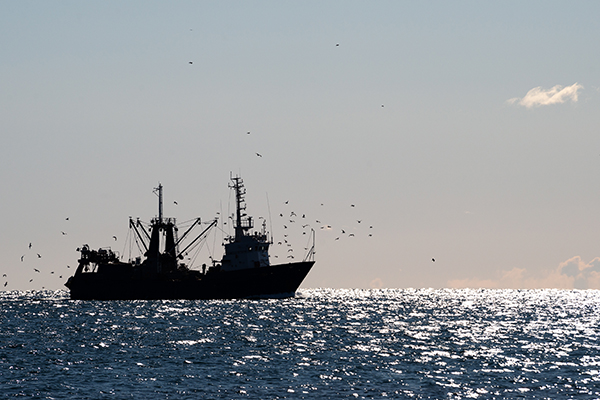
Responsibility
EU Commission eyes fisheries and aquaculture improvements to stop biodiversity loss
New measures aim to improve the fisheries and aquaculture sector, but some question their value in achieving COP15 biodiversity goals.
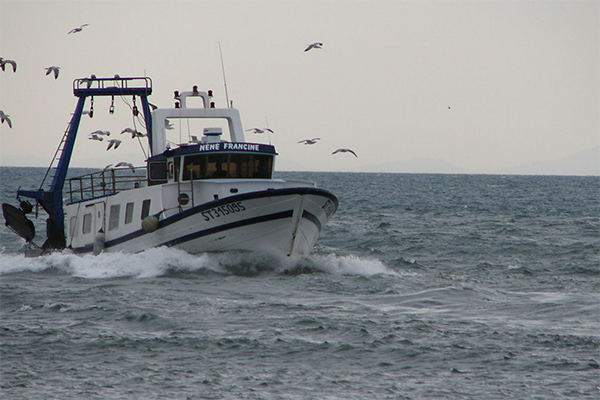
Innovation & Investment
France receives big financial boost to develop aquaculture and seafood sectors
France has received €567 million in funding from the European Commission to help develop the aquaculture and fisheries sectors.



